The newest report from Rainforest Action Network and other groups, Banking on Climate Chaos 2023, just came out with a lot of discouraging data. (Click here for a link to the report and an interview with the lead researcher.) But it also provides fodder for the resistance.
On March 21 I was with hundreds of elders and others at the flagship Rocking Chair Rebellion in DC, which focused on the four biggest U.S. banks – Chase, Citi, Wells Fargo and Bank of America – with a 24-hour rocking chair sit-in, followed by a rally, followed by a march past branches of all four banks, followed by a massive protest outside two of the banks, which ended before anyone was arrested. Click here and here for three brief but fiery speeches from the rally.
Actions took place in more than a hundred cities around the U.S., all initiated by a one-year-old organization for those over 60, called Th!rd Act, in alliance with faith communities, labor, environmental groups and more.
The next day, 10 of us from Th!rd Act and Beyond Extreme Energy went back to the Chase bank, sat in a circle on the comfortable rug in the lobby, and read an indictment of Chase as the worst offender in funding fossil fuels. (It was taken over just this year by a Canadian bank, but historically Chase is by far the biggest investor in dirty energy.) We sang classic songs with new lyrics, read the Washington Post story in that day’s paper about the latest and scariest report from the IPCC (the U.N.’s Intergovernmental Panel on Climate Change), and when the staff asked us to leave, we said we’d leave when Chase stops its dirty investments. (10-minute video here). The cops came and arrested us, and we spent 10 hours in a D.C. lockup before being charged with unlawful entry (a silly charge since the bank was open when we entered) and given a court date a few weeks hence.
Before that day arrived, charges were dropped, leaving us free to pursue other criminal banksters, like Citi, Wells Fargo and Bank of America, which all had their annual shareholder meetings in late April, in New York, San Francisco and Charlotte, NC, respectively. There were lively, creative nonviolent direct actions at all of them, perhaps the most impressive being at the Wells Fargo headquarters, where activists unfurled a huge banner from atop the building and shut the whole thing down. I was at Citi Plaza in NYC, where we held a fun rally the day before the shareholders’ meeting, and several small groups spray-chalked “No new oil” and “Climate Criminal” on the banks’ windows. (It looks like paint but washes right off.)
It was disappointing to hear that support for decarbonizing the banks’ investments actually went down from last year. I don’t understand how these people think. When we were flyering the thousands of Citi employees leaving their fancy high-rise, about 1 in every 8 took a flyer; almost all of them were polite even as they declined; a few of them “wished us luck,” whatever that means; one responded, “I’m Canadian” – sorry, see bank reference above; and one yelled at me, “You effing people don’t have a clue!” I asked him what his clue was, but he didn’t answer.
Luckily, people are taking bold, creative actions all over the world, especially young people, and now elders in an organized way. Things look very bad, but it's worth it to keep fighting if it saves just one person from dying from climate disaster.
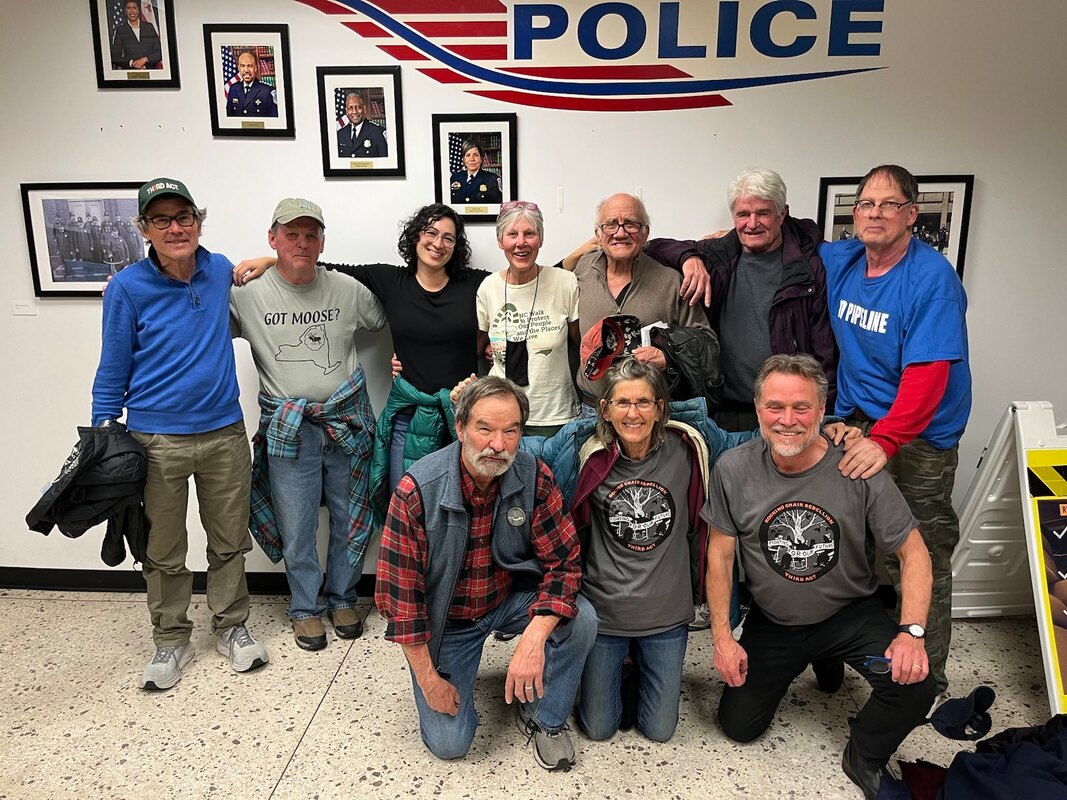
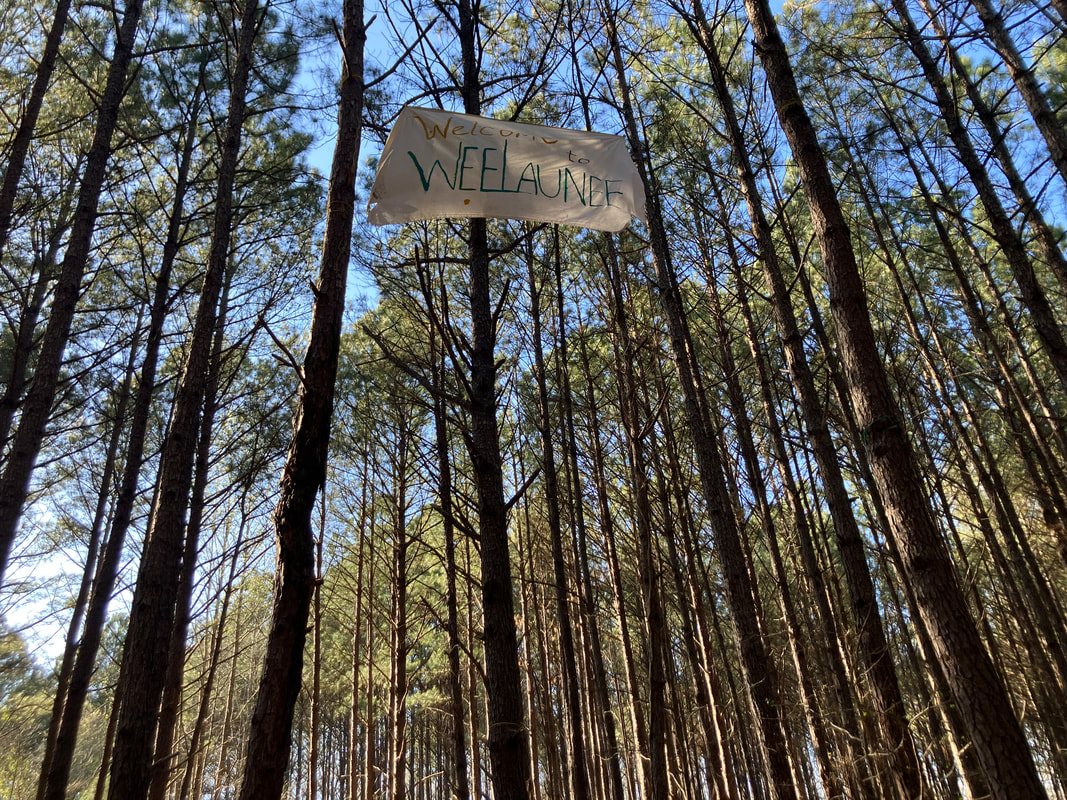
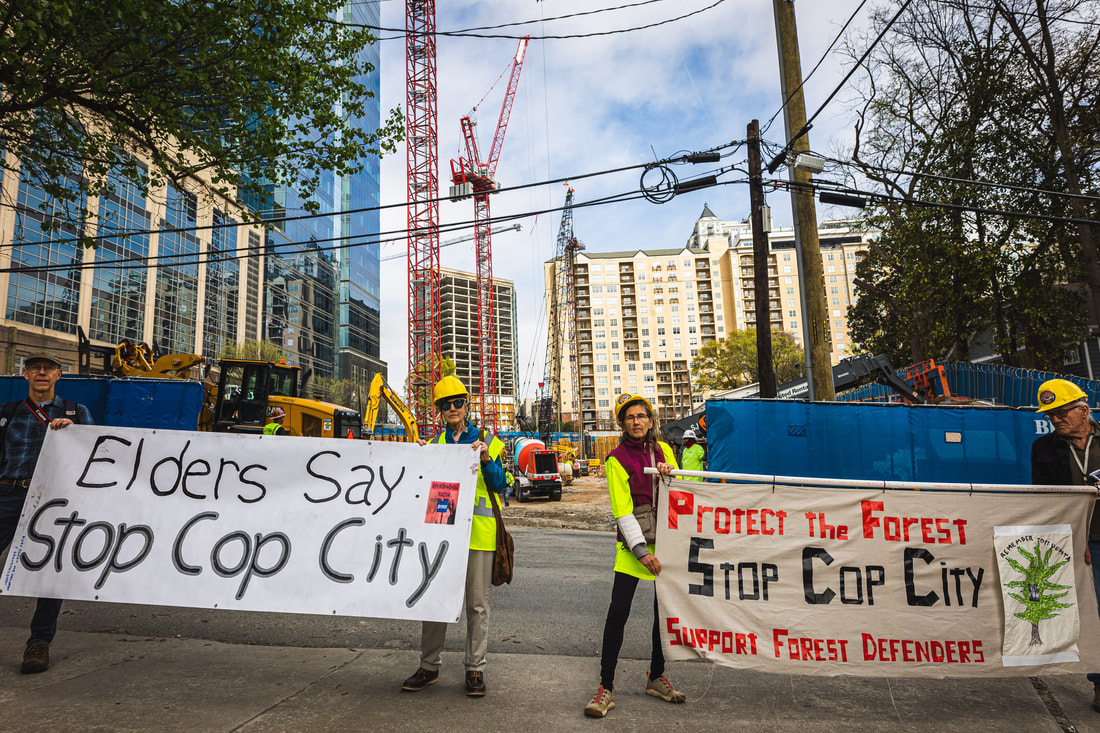

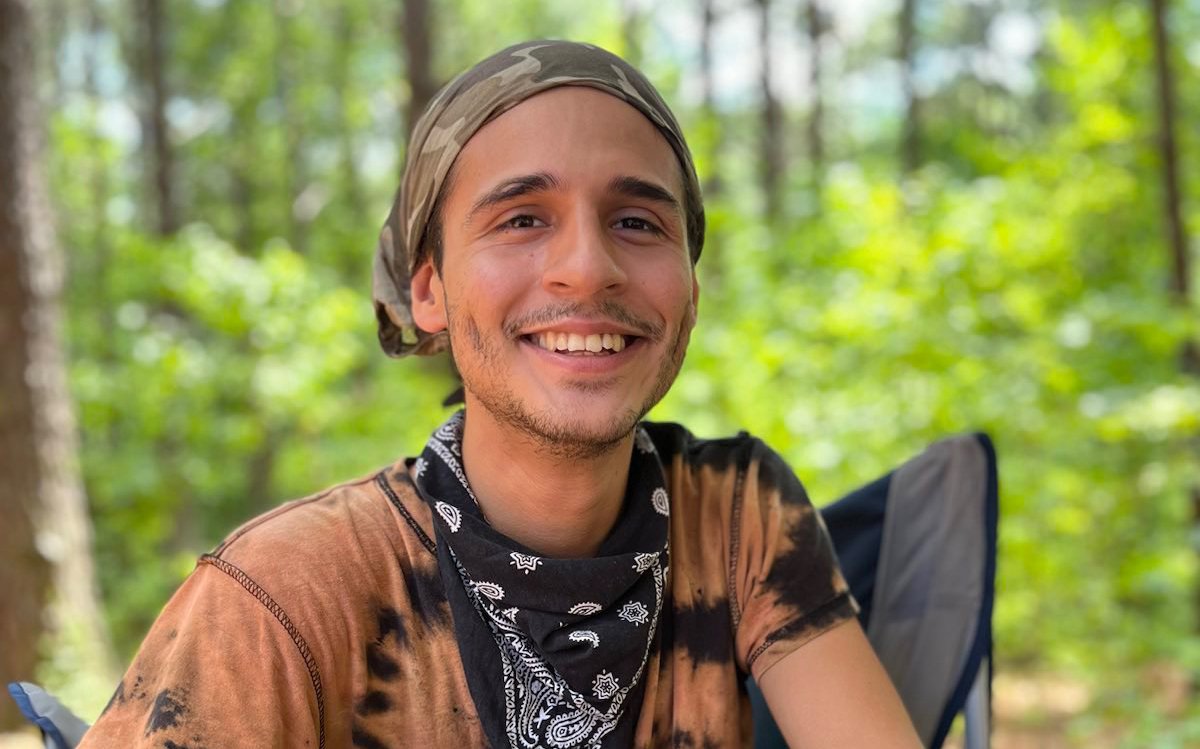
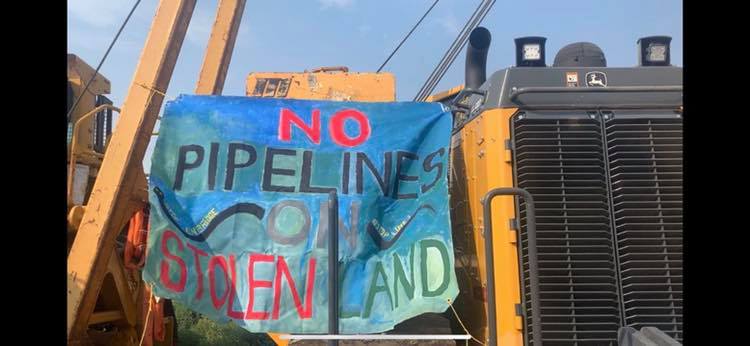


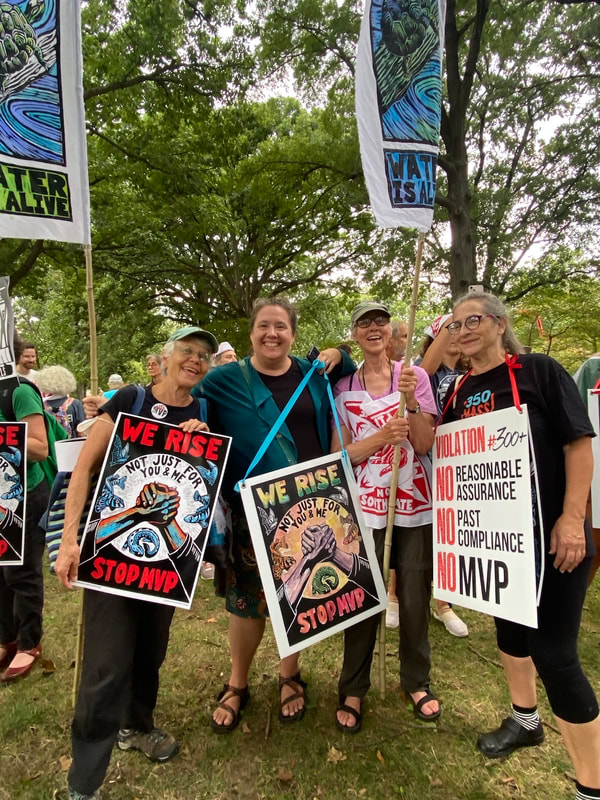
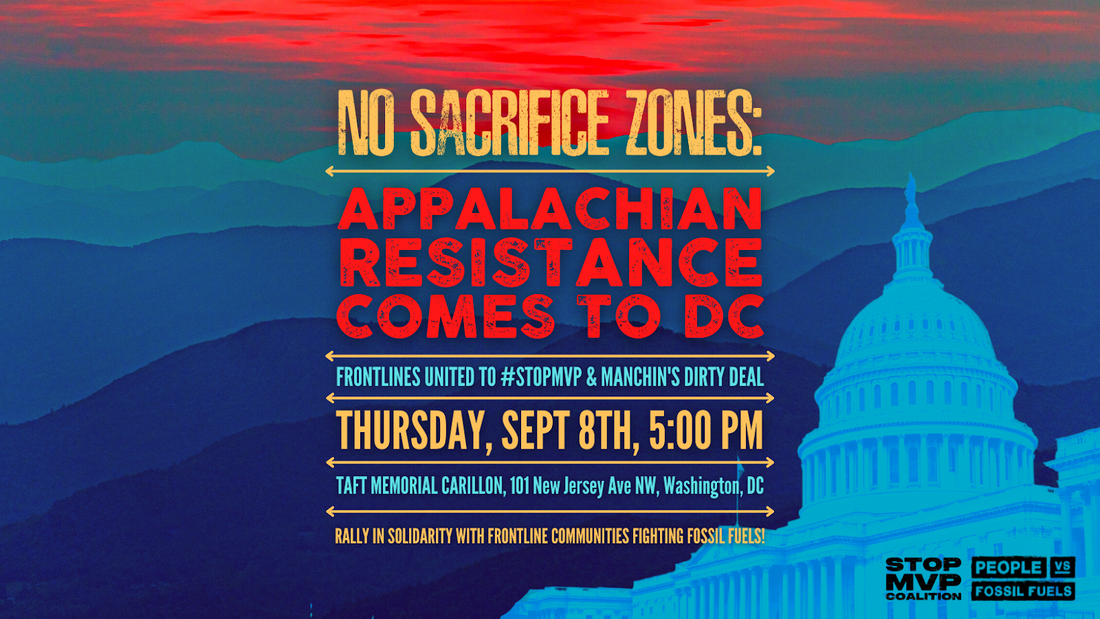
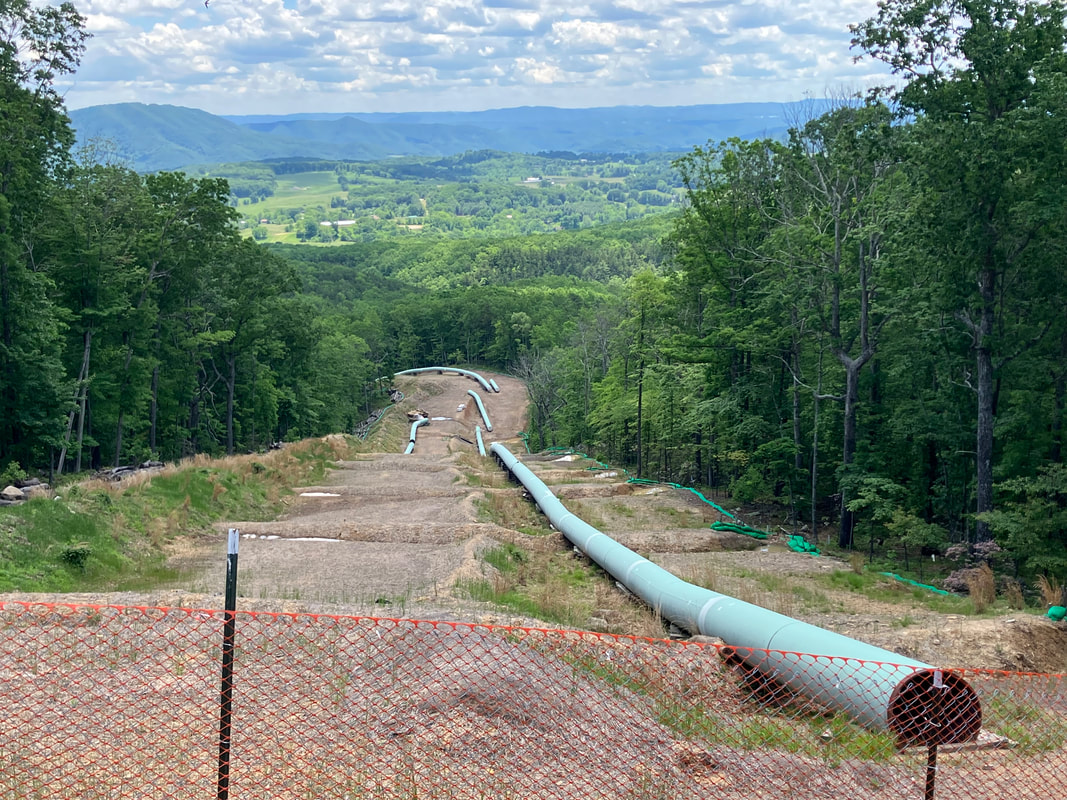
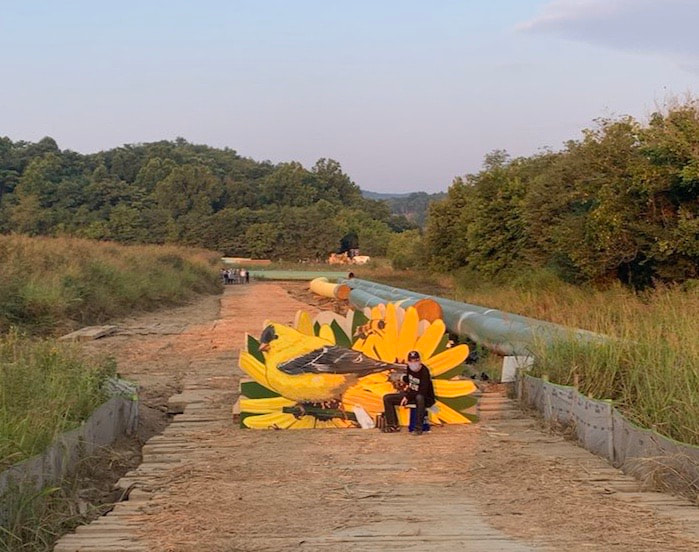
 RSS Feed
RSS Feed
